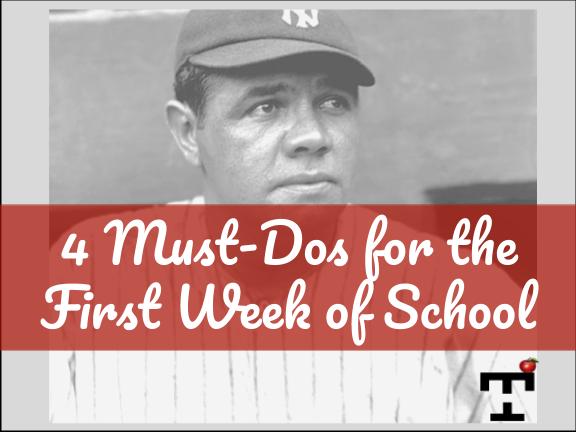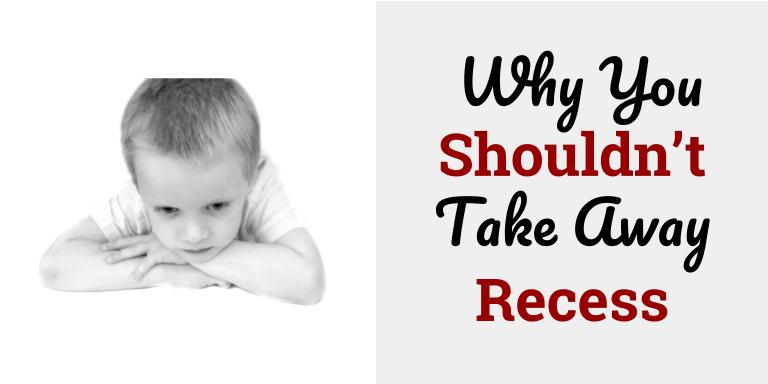
At the beginning of this school year, TNTP released a report called The Opportunity Myth, in which they repeated a golden oldie from the reform agenda’s playlist: Public schools suck and it’s mostly because public school teachers suck. They didn’t come right out and say that, of course, but it’s hard to interpret the report’s introduction any other way. Judge for yourself:
Far too many students graduate from high school still unprepared for the lives they want to lead. They enroll in college and land in remedial courses, or start jobs and discover they’re missing skills they need. We wanted to understand why.
To do this, we followed nearly 4,000 students in five diverse school systems to learn more about their experiences. What we found was unnerving: classroom after classroom filled with A and B students whose big goals for their lives are slipping further away each day, unbeknownst to them and their families—not because they can’t master challenging material, but because they’re rarely given a real chance to try.
In fact, most students—and especially students of color, those from low-income families, those with mild to moderate disabilities, and English language learners—spent the vast majority of their school days missing out on four crucial resources: grade-appropriate assignments, strong instruction, deep engagement, and teachers with high expectations. Students spent more than 500 hours per school year on assignments that weren’t appropriate for their grade and with instruction that didn’t ask enough of them—the equivalent of six months of wasted class time in each core subject. And middle and high school students reported that their school experiences were engaging less than half the time.
The report is exactly what you’d expect if you’ve been in public education for any length of time, and if you’d like to read why you can safely ignore it, check out Peter Greene’s criticism here and Matt Barnum’s here.
What strikes me is how reformers continue to shamelessly want it both ways.
They have, for the most part, won. They rammed through the standards they wanted. Tenure protections have been decimated in many states. Schools are more “data-driven” than ever. School choice continues to expand. Teachers can now be held accountable for their students’ performance on a standardized test. Reformers have managed to convince 7 out of every 10 Americans that our public schools deserve a C or D rating, even though most believe their children’s own schools are just fine.
School leaders, in their quest to take individual teacher differences out of the equation and standardize lessons just as much as we’ve standardized tests, have adopted Common Core-aligned programs and required strict fidelity to them. They’ve done everything they can to take teacher judgment out of education, going so far as to forbid educators from using anything that hasn’t received prior approval from central office administrators. Some of these programs literally have scripts for teachers to read, and many districts require teachers to follow pacing guides to make sure they cover all the material before the big exam and to ensure continuity across the district. Because I guess that’s important.
The way schools are run today is different than they used to be run, and it isn’t because schools decided they needed to change or parents demanded it; it’s because those changes were forced on them by people with the same ideology as those who write reports criticizing teachers for their weak instruction, below-grade-level assignments, inability to engage students, and low expectations.
It’s the same thing that infuriates me whenever teacher effectiveness is discussed at a district level.
As a teacher who has been told to teach a program as it’s written, how the hell is it my fault if the assignments students get are not challenging enough? I’m not the one who designed the assignments.
If you’re requiring me to read from some stupid script written by publishers who’ve never met my students, then how can you fairly evaluate my instruction? It’s not my instruction.
Should we be surprised that students aren’t engaged during a lesson that’s delivered by a teacher who had no hand in creating it and who sees it as the contrived lump that it is? I’m not a terrible actor, but hand me a lemon and I’m going to have trouble convincing even the most eager-to-learn student that I’m giving them lemonade.
Why would we expect students to be engaged when they’re walked through standard after standard with the goal of preparing them for a test? Last week, my third graders read an article (out of the district-mandated curriculum) on the transcontinental railroad. They were interested and asked lots of questions. I went rogue and showed an unapproved video of how it was built. They had more questions. I could envision us spending the next two weeks learning about westward expansion. We could discuss Manifest Destiny and investigate why certain large western cities are located where they are today. We could read about how the railroad affected the environment and how it upset Native American hunting grounds and led to the taking of their land.
Instead, I had to move on. I had to teach about sequence and cause and effect because I had a test to give on those skills and a new topic (completely unrelated to the American west or even American history) to start on Monday.
I had to do those things because that’s what’s in the standards these reformers so badly wanted and because my district needs data to make decisions and because I can’t be trusted to make decisions about how to best prepare my students for those tests, much less for anything more important than tests.
But TNTP wants to tell me it’s my fault students aren’t engaged?
If I’m doing what I’ve been told to do, then how do you evaluate my effectiveness? Shouldn’t you really evaluate the effectiveness of the curriculum you’ve forced me to use?
This is the educational world the reformers have wrought, and the one they still have the temerity to criticize. They created this mess, and now they’re pointing at it, holding their noses, and telling teachers to do better.
Please.
The reformers’ agenda has had a chance to work. If it isn’t — if kids aren’t being given grade-level tasks, if instruction is weak, if students aren’t engaged, if teachers aren’t expecting enough of them — then it’s long past time for the reform crowd to own their failures and stop scapegoating teachers, many of whom are doing nothing more than exactly what they’ve been told to do with the materials they’ve been told to do it with.
If students aren’t able to pursue their goals, it’s not because teachers have failed them. It’s because reformers have.
If you want to blame teachers, then you need to allow them to make some decisions. You need to give them some power. Blaming teachers for the state of education today, when teachers have lost nearly every skirmish with the well-financed reform movement, is straight from the reformer playbook, where all the plays are designed wonderfully, but the damn players don’t know how to run them.
If you want teachers to be nothing more than compliant replaceable parts, then you don’t get to blame them when your plans don’t work out.
The army doesn’t fire soldiers when the general’s plan is a disaster.
NFL teams don’t swap out their entire rosters when the coach’s gameplans result in multiple losing seasons.
And reformers should no longer get to blame teachers when teachers are working under conditions created by those reformers.




